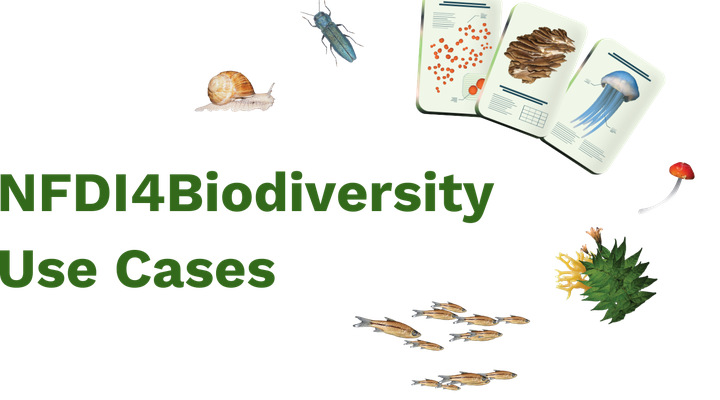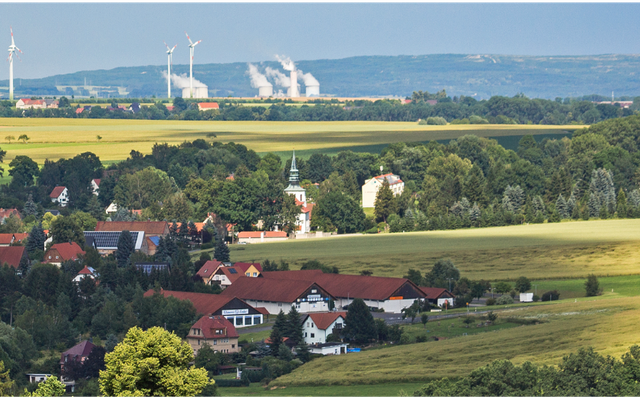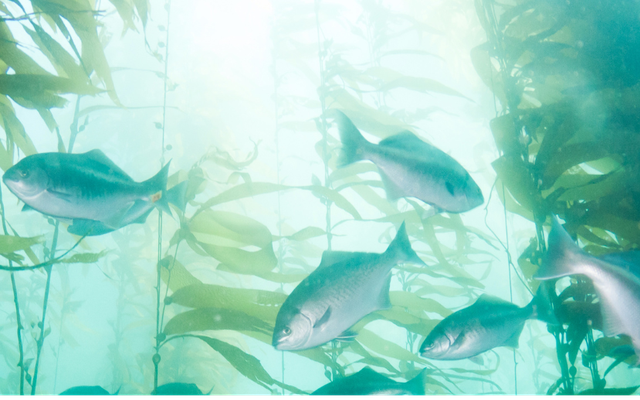Bavarian Forest National Park
"The loss of biodiversity is not limited to tropical rainforests, it also affects us here. Our data on more than 8,000 animal and plant species can help to track this development and assess the influence of climate change, for example. We would therefore like to collaborate on facilitating access to this data – and perhaps pave the way for other national park administrations as well."
Jörg Müller (Deputy Director of the Bavarian Forest National Park)
About the Bavarian Forest National Park
Founded in 1970, the Bavarian Forest National Park is located in the east of Lower Bavaria on the border with the Czech Republic. The large protected area is managed by the Bavarian Forest National Park Administration, a special authority of the Bavarian State Ministry for the Environment and Consumer Protection.
In addition to nature conservation, recreation and educational work, research plays an important role in the national park. Among other things, research is conducted into how the forest and its biotic communities develop without human intervention or what effects anthropogenic influences have on nature.

The goal: making valuable long-term data more readily available
In our use case Bavarian Forest National Park, we are working on developing an information system for terrestrial geo-referenced multi-taxon images that combines different applications and services to facilitate the technical assessment of the state of biodiversity.
Multitaxon data is data that relates to not just one, but many species occurring in a particular area. They are collected in forest ecosystems along an 800-meter altitudinal and structural gradient to understand changes in biodiversity and resolve the relationships between species and their environment. The two gradients cover a wide range of abiotic factors and stand structures, making the national park a well-suited study area for interdisciplinary biodiversity research. Data is collected using various methods such as insect traps, photo cameras and acoustic recordings of birds and bats. Environmental factors such as microclimate and forest structure are also recorded.
Within the framework of the use case project, solutions for data storage are being developed from which other national park administrations can also benefit – in order to make the valuable long-term data available to other interested parties, for example researchers. In the course of this, a concept for long-term archiving is also being developed.
The state of play: Successful deployment of an instance for the data collection and unification
In collaboration with Prof. Dr. Birgitta König-Ries' team from the Institute of Computer Science at the Friedrich Schiller University in Jena, an instance of the BEXIS2 information system has been made available to the Bavarian Forest National Park for data collection and standardization. By supporting a variety of data types and structures, this service is ideally suited for the systematic consolidation of existing and emerging data sets in the national park. BEXIS2 has undergone a successful test in the national park with the recording of data from the BIOKLIM climate research project. The data management system is a good starting point for the national park to develop a process for the long-term archiving of data in the next step.
As a special authority of the Bavarian State Ministry of the Environment and Consumer Protection, the National Park is obliged to offer digital and analog documents for archiving to the State Archives, whose General Directorate is also a use case partner of the NFDI4Biodiversity network. The two institutions are now working on the implementation of a long-term archiving concept with the option of exchanging data from the BIOKLIM project with the international research community in a standardized way - for example via GBIF, one of the major biodiversity data portals. This is supported by the data export from BEXIS2 in ABCD format, which is widely used in biodiversity research.
Further info
NFDI4Biodiversity on the web page of the Bavarian Forest National Parks: https://www.nationalpark-bayerischer-wald.bayern.de/projekte/nfdi4biodiversity
Contact
Use Case Manager (NFDI4Biodiversity)
Mark Frenzel (mark.frenzel@ufz.de)
Contact person at the Bavarian Forest National Park
Linda Seifert (Linda.Seifert@npv-bw.bayern.de)
Rabea Klümpers (Rabea.Kluempers@npv-bw.bayern.de)
Contact person at BEXIS2
David Schöne (david.schoene@uni-jena.de)
Sven Thiel (sven.thiel@uni-jena.de)
Discover other use cases
What is the potential of NFDI4Biodiversity? This is illustrated by our use cases: real-life projects in which we develop solutions for better data management and provision.

Dragonfly Atlas
Around two million dragonfly data, which should also be available to research and nature conservation – this is what we are working on with the dragonflies of the GdO.

Land Use Monitor
Visualisable long-term data on land use can enrich biodiversity research enormously. Together with the IOER, we are integrating them into NFDI4Biodiversity.

Fish Atlas
The GfI's fishologists collected more than 100,000 data sets on regional fish species. Together we are making them easier to find and thus more accessible.